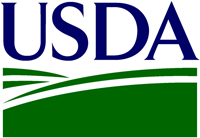The American Farm Bureau Federation has produced a new video highlighting the difficulties farmers face in finding workers to harvest crops. The video shows the plight of peach production in Georgia, but the message outlines the scope of the problem nation wide.
Hiring a seasonal skilled workforce to bring crops in from the fields to America’s tables has proved to be difficult if not impossible for farmers. That’s why many farmers rely heavily on a program called H-2A, through which the federal government grants foreign nationals short-term visas to help harvest crops.
“This is a serious issue for farmers across America,” said AFBF President Zippy Duvall. “If you have a crop that’s ready and your harvest window is narrow and your workers show up late – you’re going to lose your crop.”
“We’re going to have to make a choice,” Duvall added. “We either have to import our labor – workers to harvest our crops – or we’ll have to import our food.”
Farm Bureau’s informal survey shows that 22 states using the H-2A program have been negatively affected by administrative delays, and delays on a farm translate to rotting fruit and vegetables. Robert Dickey, a Georgia peach farmer in the video, finds the program is not only too full of paperwork, but delays make the process risky as well. “It could cost us our farm in one season,” Dickey said.
AFBF is asking Congress to step up and pass responsible immigration reform so farmers can have legal and stable workers. Watch the video here.








